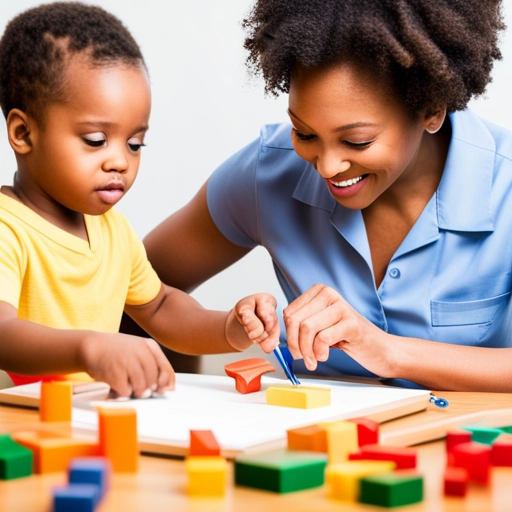
Children’s Language Disorders: Understanding Challenges and How to Help
Children’s language disorders can affect a child’s ability to understand, express, and use language effectively, impacting communication, learning, and social interactions. Whether a child struggles with understanding spoken words, forming sentences, or engaging in conversation, early identification and speech therapy can make a significant difference. This guide explores the types of language disorders, their signs, causes, and the role of speech therapy in helping children develop stronger communication skills.
Developmental Language Disorder (DLD)
Comprehensive intervention for children with persistent language development difficulties:
Core Features:
- Comprehensive evaluation of language milestones
- Individualized therapy plans
- Academic support and school collaboration
- Family training and home practice strategies
Treatment Programs:
- Early intervention services
- School-age language support
- Academic language development
- Progress monitoring systems
Learn more about DLD disorders
Receptive Language Disorders
Specialized treatment for understanding spoken language:
Treatment Focus:
- Comprehension skill development
- Following directions practice
- Vocabulary expansion
- Auditory processing support
Intervention Strategies:
- Interactive listening activities
- Visual support systems
- Memory enhancement techniques
- Educational modifications
Learn more about receptive language disorders
Expressive Language Disorders
Expert support for language production and use:
Key Areas:
- Word finding and vocabulary use
- Grammar and syntax development
- Narrative and conversation skills
- Written expression support
Treatment Approaches:
- Individual therapy sessions
- Group practice opportunities
- Technology-enhanced learning
- Home practice programs
Learn more about expressive language disorders
Expressive-Receptive Language Disorders
Key Areas:
Word finding and vocabulary use
Grammar and syntax development and comprehension
Narrative and conversation skills
Understanding and processing language
Treatment Approaches:
Individual therapy sessions
Group practice opportunities
Technology-enhanced learning
Home practice programs
Learn more about expressive-receptive language disorders
Social (Pragmatic) Language Disorders
Comprehensive support for social communication:
Treatment Components:
- Conversation skill development
- Social understanding enhancement
- Nonverbal communication training
- Problem-solving strategies
Program Features:
- Individual therapy
- Social skills groups
- Real-world practice
- Parent coaching
